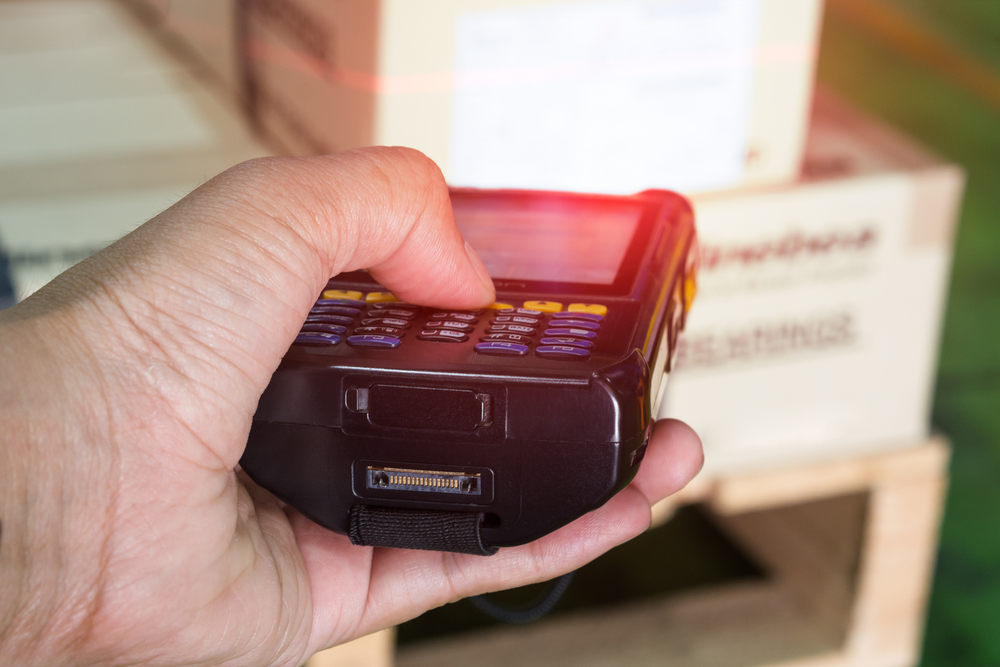
Companies are increasingly adopting radio frequency identification (RFID) to manage assets, control access, enhance security, and track product through the supply chain. For purposes such as these, RFID offers some serious advantages over traditional barcodes. One of the big differences between the two is that barcodes are line-of-sight technology. That is, a scanner has to “see” the barcode to read it, which means people usually have to orient the barcode toward a scanner for it to be read. RFID operates through radio frequency and only needs to be held near the receiver to be scanned. Because these technologies offer a quick and simple scanning solution, RFID is quickly replacing barcodes in many different verticals and tasks within companies. Consider the basic components and factors of RFID to help you determine which RFID solution is right for you.
REQUIRED EQUIPMENT
An Antenna
A Transceiver (RFID Reader)
A Transponder (RF tag) electronically programmed with unique information
Software
ANTENNA
RFID antennas are designed for fixed and mobile applications and deliver a high-throughput, high-capacity communication between the RFID Reader and tag. Antennas can be further segmented for indoor, outdoor, near field (about 12 inches) or far field (Centimeters to +30 feet) environments.
RFID READER
The RFID Reader is a device that uses Low-Frequency (LF), High-Frequency (HF) or Ultra High-frequency (UHF) to wirelessly transfer data between an RFID tag/label and a data capture instrument in order to identify, categorize and track assets. When combined with a solid asset tracking software program or software suite, an RFID reader can identify objects more quickly, more accurately, at a reduced overall cost, and at various points of the object’s lifecycle than the alternative barcode scanning method. RFID readers are offered in various form factors, such as handheld mobile computers, Bluetooth or wireless, and USB or fixed readers.
RFID TAGS
RFID Tags can operate using Passive Low-Frequency or High-Frequency in the near field, and Ultra High-Frequency tags either in the near filed or far field depending on the design of the reader antenna and the transponder antenna. You cannot read tags that operate at different frequencies using a single reader.
Near field tags are constructed with a loop antenna, and the reader antenna also has to have a loop antenna. The two loops form an electromagnetic field and changes in this field are detected by the reader antenna. Far field tags emit a true radio wave enabling for greater range. The tag antenna has both a loop and a dipole, or some other far field antenna.
A near field tag cannot communicate with a far field reader antenna, or vice versa. However, it is possible to design a tag antenna that can communicate with either a near field or far field reader. These changes are then interoperated by a software component into usable data.
SOFTWARE
RFID can be used in Inventory Control, Asset Tracking, Surveillance, Security and Controlled Access, and more. Choosing the application that addresses all of your needs can be challenging and in some instances may require customization. A knowledgeable RFID integrator can suggest the software that best suits your needs.
Understanding your basic needs and the capabilities of current RFID technology, should help you in the selection and implementation of this up and coming technology. For more information on RFID kits to get your business started, click here.

